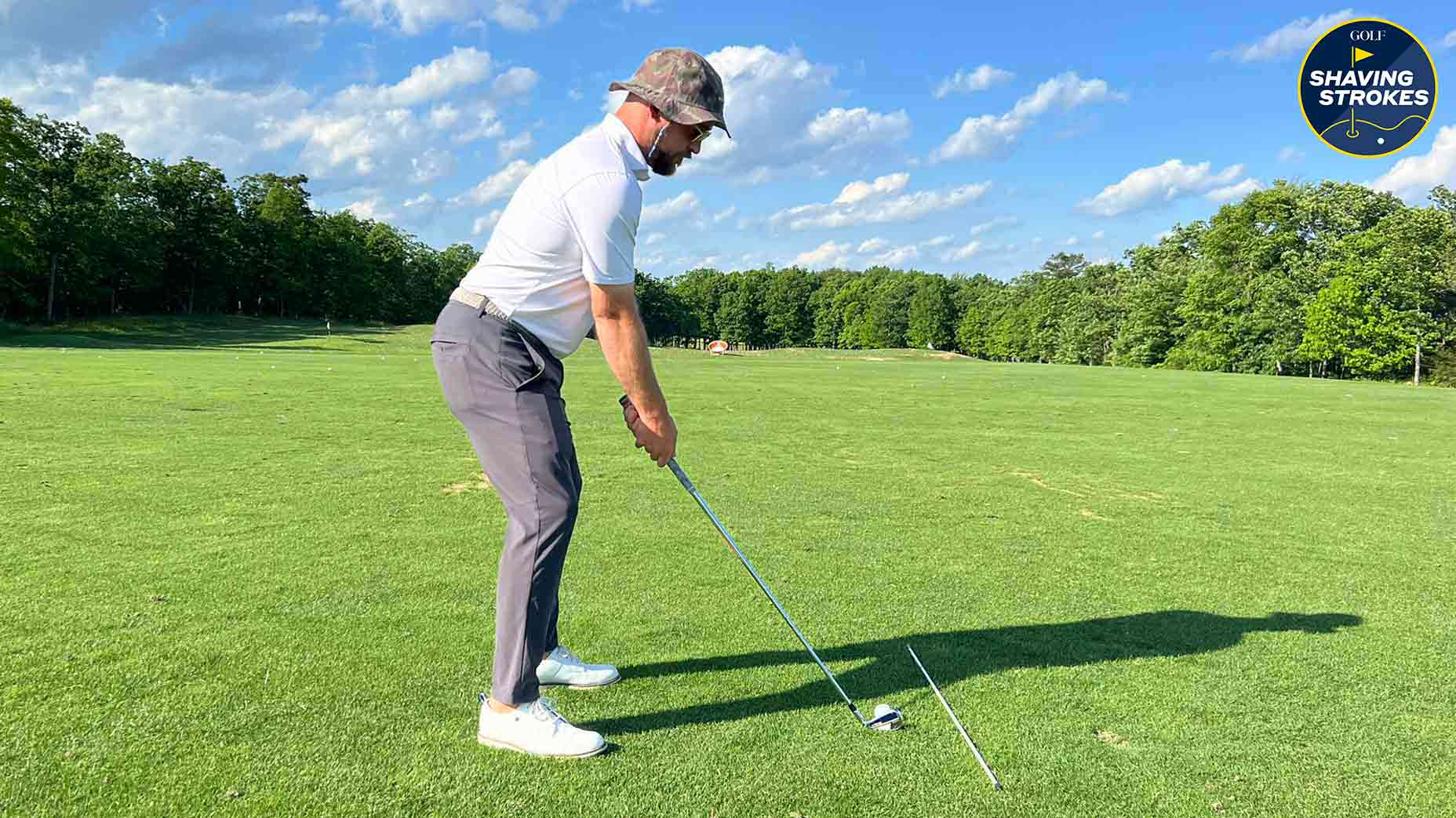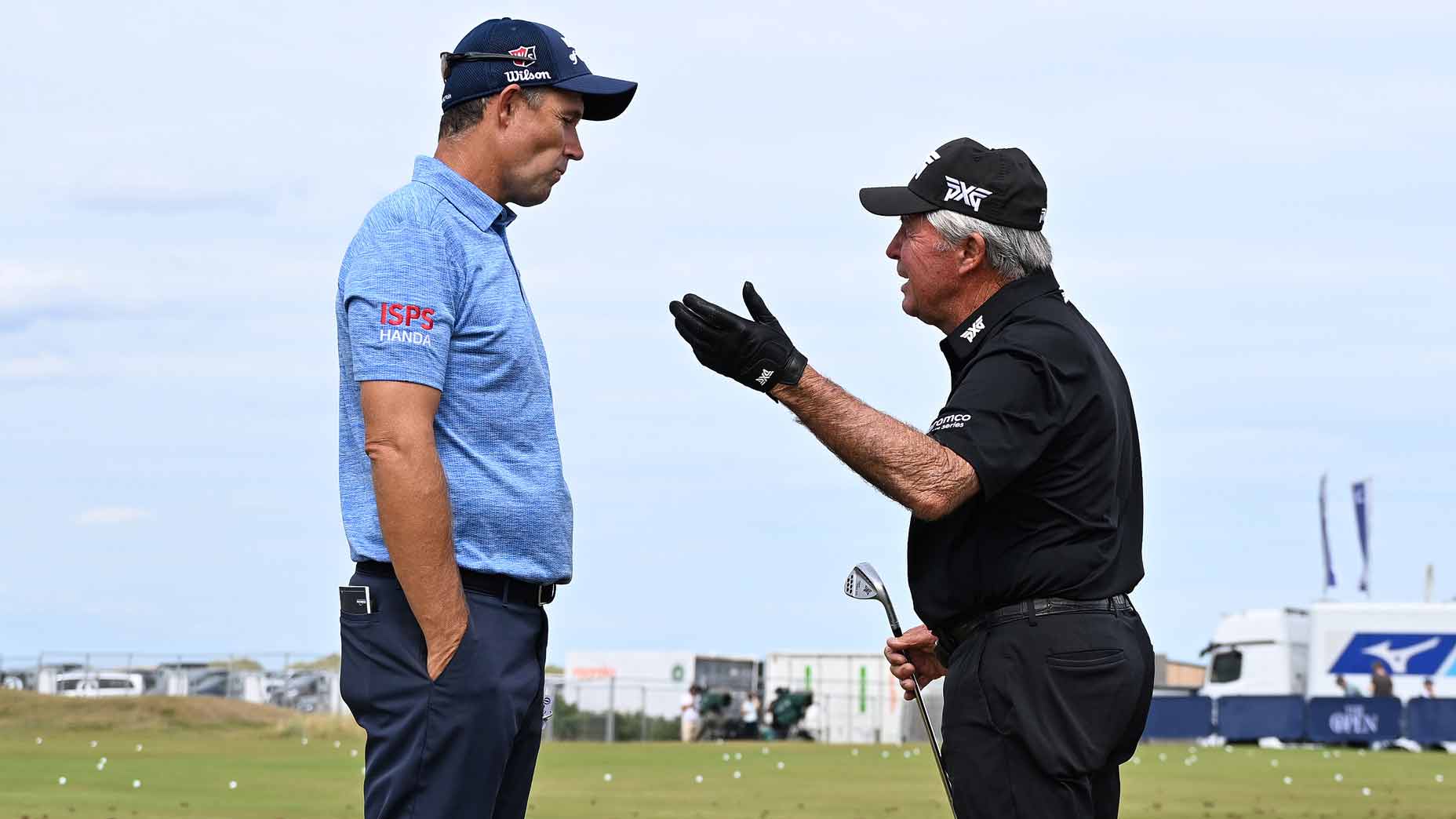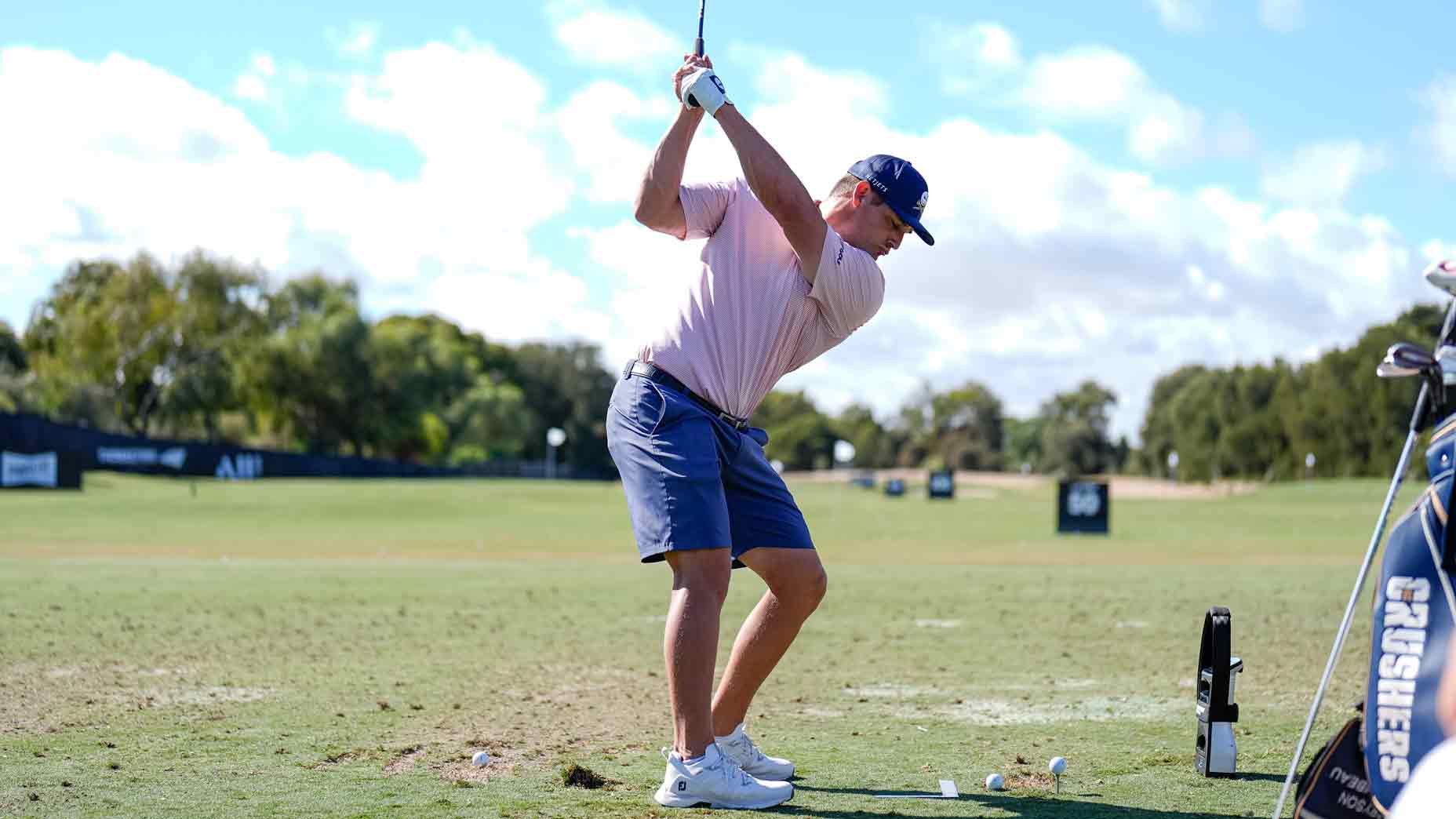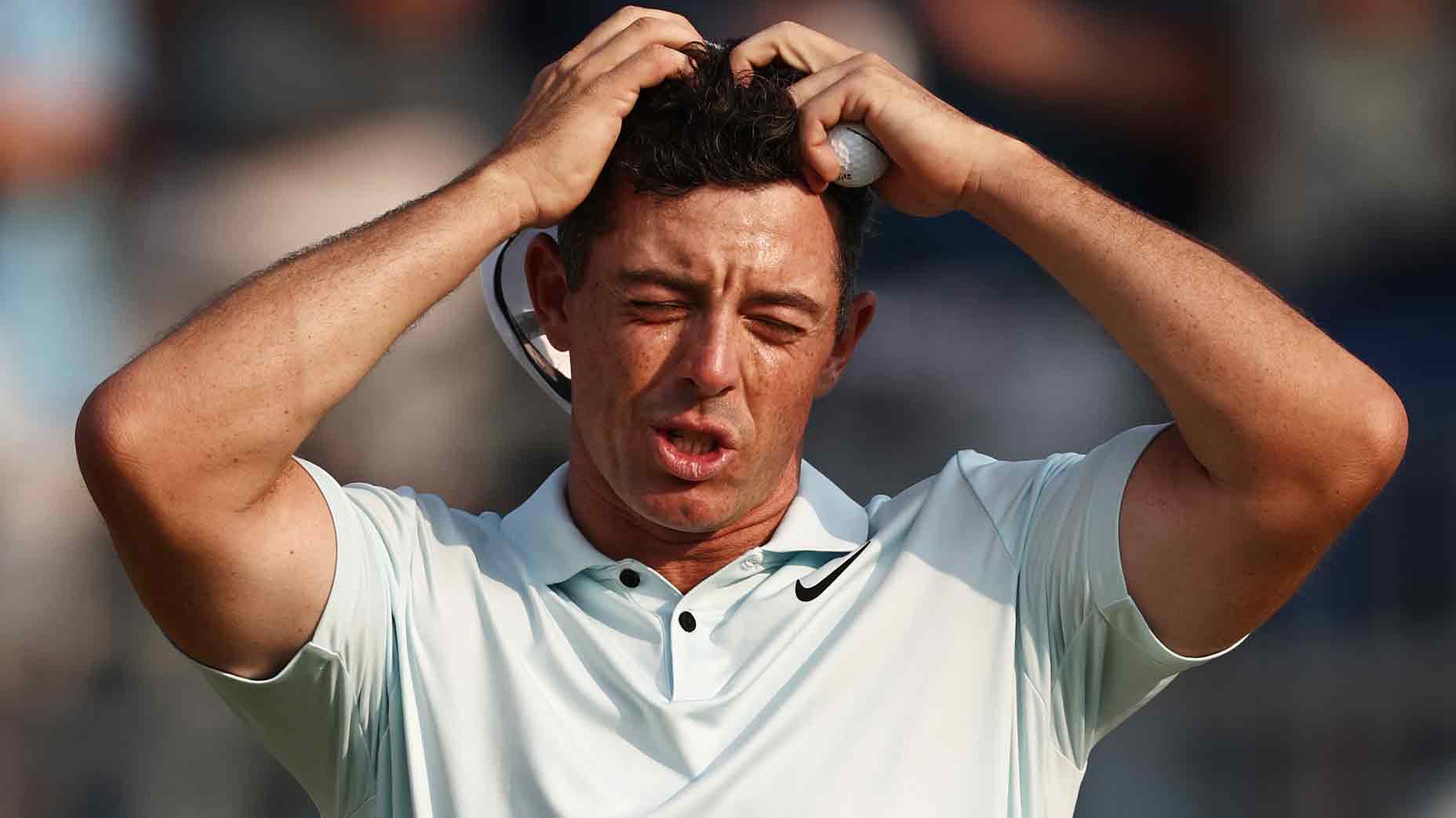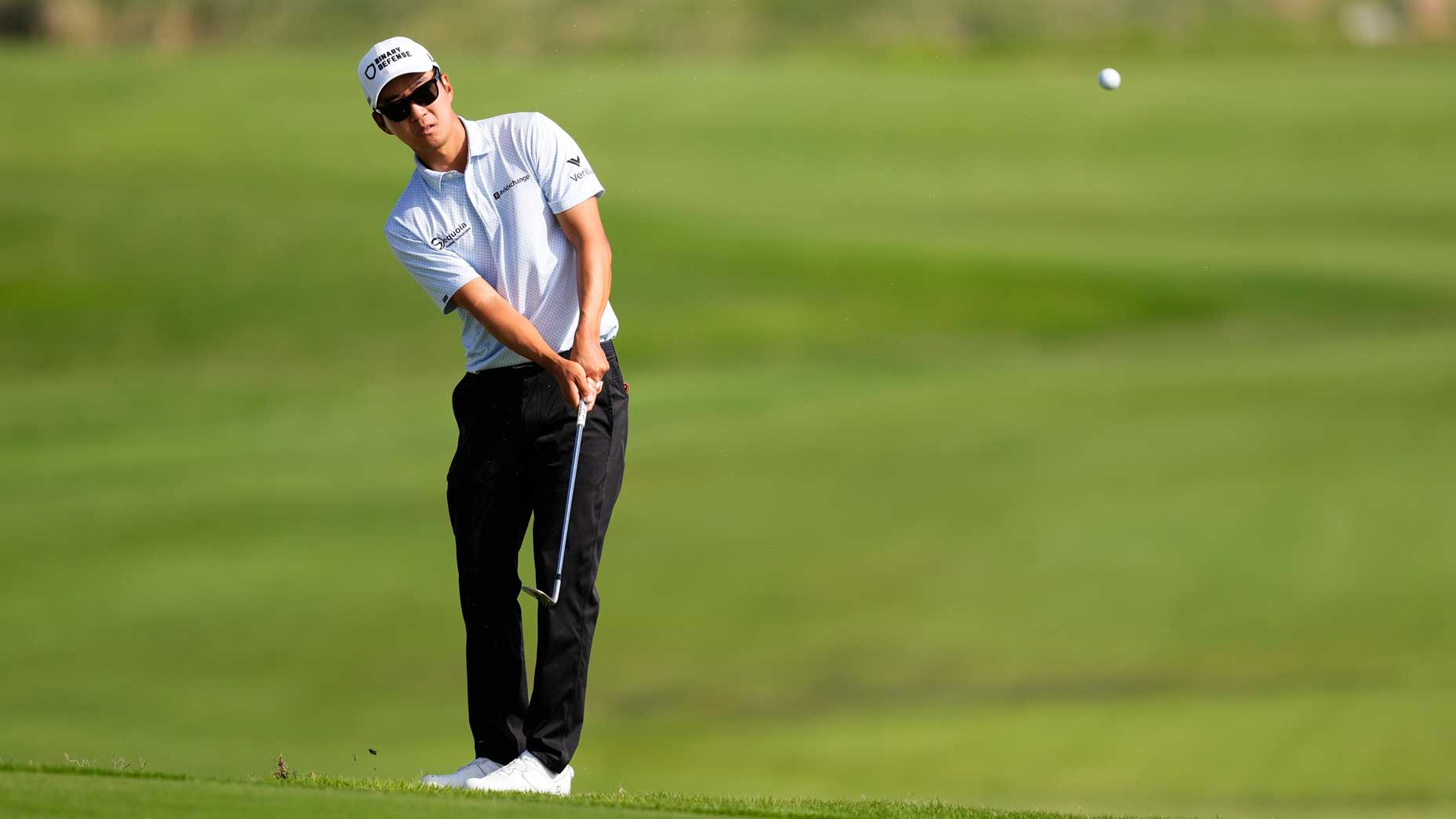From shooting 100 to the mid-70s: 5 steps this amateur used for massive gains
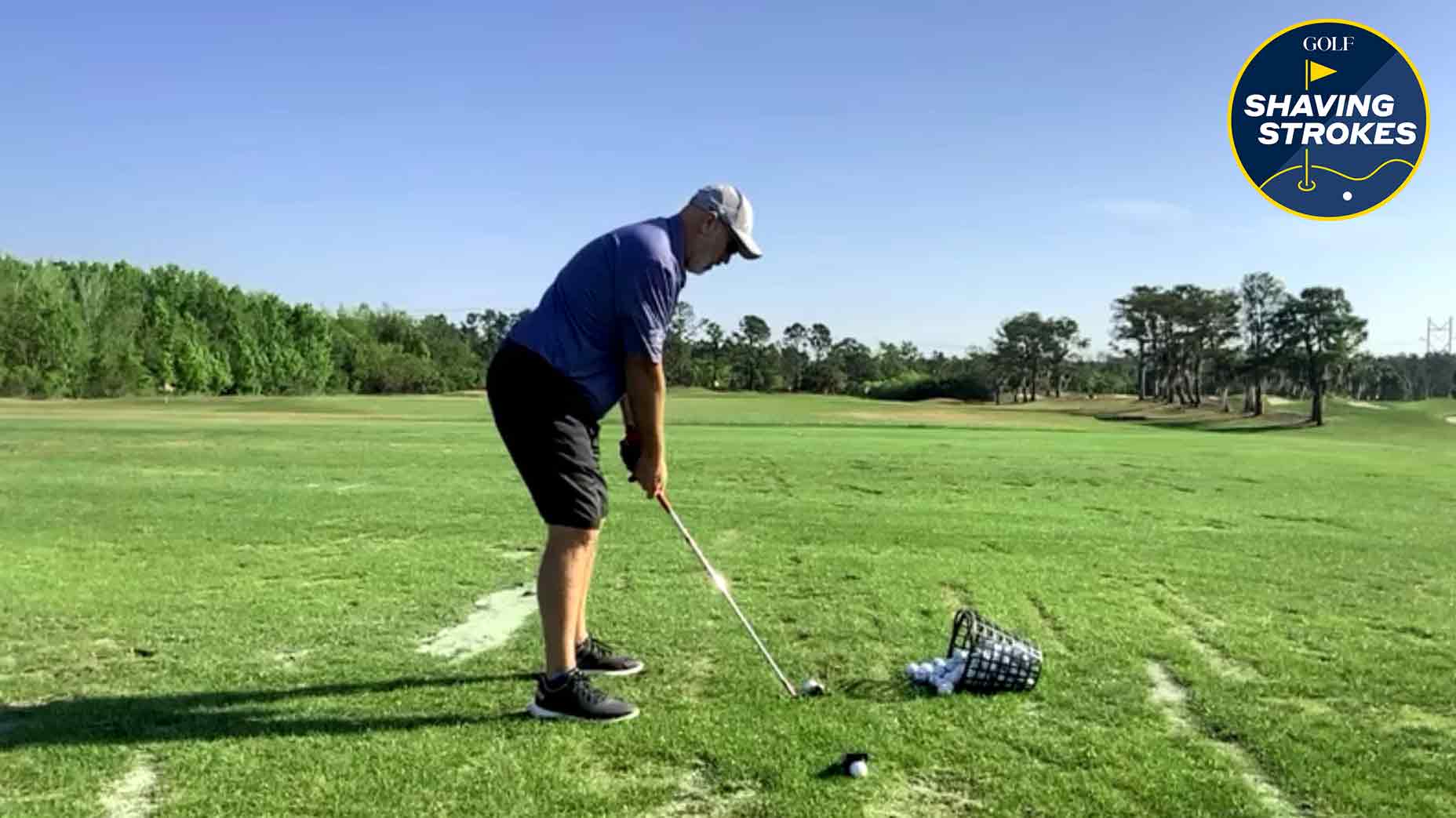
Dropping more than 25 shots isn't easy, but this amateur was able to do it with an in-depth plan.
Images via John Hughes
Welcome to Shaving Strokes, a new GOLF.com series in which we’re sharing improvements, learnings and takeaways from amateur golfers just like you — including some of the speed bumps and challenges they faced along the way.
It takes so much work (and time) to shave strokes off your golf score. In the 28 years that I’ve played the game, I’ve gone from shooting 115 as a middle schooler to my current state as a bogey-golfer.
Sure, that’s a difference of 25 shots, but a lot of that is simply because I’ve gained more distance off the tee and understand the fundamentals of the game much better. And let’s be honest, routinely shooting around 90 still leaves lots of room for improvement.
But for some golfers, taking that next step from a 90-100 player to a mid-70s player is just a matter of making a few minor adjustments.
For a player named Ron — who has worked with golf instructor John Hughes since the spring of 2021 — he was able to make massive gains in the past couple of years, going from shooting an average of 105 to now finding himself regularly breaking 80.
So how did Ron find success? Hughes reveals the five steps that helped his student the most. Take a look below to see Ron’s improvement story.
How this amateur shaved more than 25 strokes
When I first met Ron, he had all the habits of a golfer shooting 100 or higher.
He was inconsistent with his setup positions, and had no idea how to prioritize his limited amount of practice time. Toss in a couple of mobility limitations from previous athletic injuries, and Ron had the recipe for continued high scores.
But he came to me with a very clear goal: He wanted to play more and be more competitive.
So we focused on implementing a foundation for success, beginning with prioritizing his practice. And since beginning to work together in 2021 (meeting me 4-5 times each year), Ron has done the following:
Reduced his average score from 105+ to 82.8 (end of 2023).
Improved his swing speed 11+ miles per hour.
Broken 80 a dozen or more times.
Shot a career low round of 75 in 2023.
Won his club’s Match Play Championship.
How has Ron done it? By focusing on simple basics that make tough situations on the course easier to dissect and manage — and here’s how you can apply those same principles to improve your golf game.
1. Setting up
The first order of business was getting Ron into a better aim and alignment position for each golf shot. When we first met, he had a severely closed stance and his distance from the ball was extreme — which exacerbated his limitations.
Being closed also prevented Ron from completing a full finish to his target.
So I had to get him closer to the golf ball, while placing Ron in a parallel or neutral aim and alignment position. Doing so would create a more balanced address position, while at the same time, provide room for a dynamically balanced rotation through the ball.
Improving Ron’s setup provided immediate results, with his swing speed increasing by about 5 miles per hour and his dispersion pattern tightening.
2. Varying setup positions
Within our coaching sessions together, we work on how Ron can open and close his stance.
This is important to help control his shot trajectories and spin ratios. In turn, varying setup positions allows him to swing the same, or at least feel like he is, no matter the shot.
Varying Ron’s setup positions has been extremely helpful around the greens as well. Being able to pull any wedge or scoring club to produce the shot he needs has increased his ability to eliminate big numbers on the scorecard.
3. Centered is better
As Ron corrected his setup issues, his ability to square the clubface improved.
But instead of focusing on the full swing, we started slowly by working on chip shots. I needed Ron to experience what compressing the golf ball felt like, and to understand how it could lead to producing better ball-striking.
Showing Ron how chipping could minimize a severe out-to-in swing path and reduce face rotation was one of the keys for lowering his handicap. Chipping can provide a golfer with the feeling of club release, allowing the body to work through the golf ball.
4. Reducing putt totals
Ron’s out-to-in swing path in the full swing was also present in his putting, which caused a lot of toe contact and inconsistency in distance control.
We used a putting stick to show Ron how to set up the putter face, and I then challenged him to hit a straight putt.
This simple adjustment improved Ron’s putting almost immediately, reducing his 3-putt occurrences to less than two times per round — which was down from over 10 times prior.
5. Measuring results led to smarter practice
Once Ron was routinely breaking 90, we could both smell the low 80’s — and breaking 80 was certainly obtainable. It was now a matter of teaching Ron what to practice and why.
This is where we started diving into his shot results more often, beginning to study his stats on things like launch monitors. This helped us gain a better perspective of Ron’s current skills — and the specific areas to improve upon.
Identifying areas of Ron’s game in a quantifiable way showed him where to focus his attention when practicing without me.
Game Golf KZN GPS Shot Tracker
$219.99
View Product





